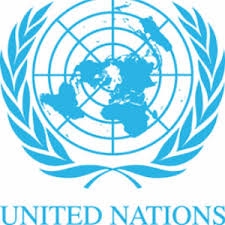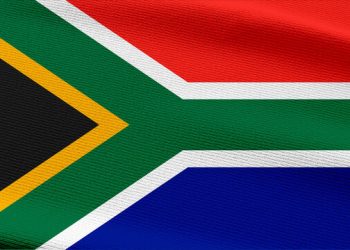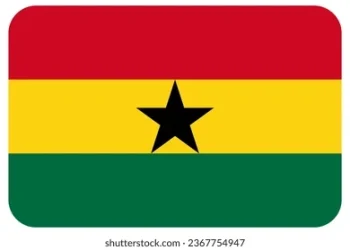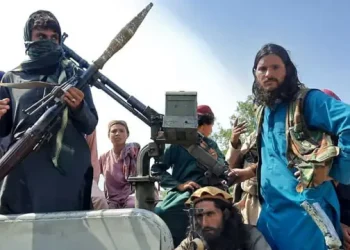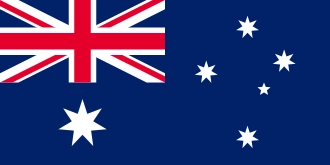Belém, Brazil — Around 100 Indigenous protesters briefly brought the COP30 climate summit to a halt on Friday, blocking the main entrance to the UN conference site on the edge of the Brazilian Amazon and demanding direct participation in high-stakes climate negotiations.
The protest, which lasted about 90 minutes, unfolded as Brazilian Army soldiers formed a perimeter around the entrance, preventing anyone from entering but avoiding confrontation. From behind banners and body paint, Indigenous leaders delivered emotional appeals for inclusion. “We want to be heard. We want to sit at the negotiation table too,” said Alessandra Korap, a Munduruku leader from Pará state, capturing the frustration of communities who say decisions about their lands are still being taken without them.
Their anger is directed not only at the UN process but also at President Luiz Inácio Lula da Silva’s government. Korap denounced Decree 12075, which regulates waterways and is seen by critics as opening the door to large-scale river industrialization, and accused Brasília of celebrating oil, mining and agribusiness projects that threaten Indigenous territories. “We don’t want money in exchange for our land… We want respect,” she told supporters.
The blockade came days after a separate incident in which Indigenous demonstrators forced their way into the venue, clashing with security guards and leaving two staff members lightly injured — a sign of mounting tensions at a summit billed as historic for Indigenous participation.
Despite Brazil’s promise to spotlight Indigenous voices at COP30 and a record number of Indigenous delegates accredited, activists say they remain sidelined while powerful industrial lobbies enjoy broad access. Civil society groups note the stark contrast between the restricted role of frontline communities and the presence of hundreds of fossil-fuel lobbyists in Belém.
Friday’s standoff ended in a carefully choreographed compromise. COP30 president André Corrêa do Lago left the secure zone to meet the protesters, at one point cradling a baby as talks stretched on in the tropical heat. He eventually authorized a small Indigenous delegation to enter the venue through a side door, while UN staff rerouted other attendees. Surrounding them, civil society allies formed protective human chains to ensure the protesters’ message carried into the conference halls.
For many Indigenous leaders, the episode underscored a broader point: in an Amazon-hosted climate summit meant to safeguard the world’s largest rainforest, meaningful solutions cannot be crafted without those who have defended it for generations.


